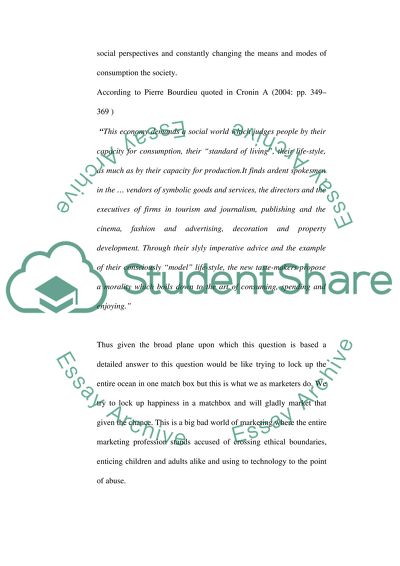Cite this document
(“Postmodernism, marketing and the media Essay Example | Topics and Well Written Essays - 2250 words”, n.d.)
Postmodernism, marketing and the media Essay Example | Topics and Well Written Essays - 2250 words. Retrieved from https://studentshare.org/marketing/1504567-postmodernism-marketing-and-the-media
Postmodernism, marketing and the media Essay Example | Topics and Well Written Essays - 2250 words. Retrieved from https://studentshare.org/marketing/1504567-postmodernism-marketing-and-the-media
(Postmodernism, Marketing and the Media Essay Example | Topics and Well Written Essays - 2250 Words)
Postmodernism, Marketing and the Media Essay Example | Topics and Well Written Essays - 2250 Words. https://studentshare.org/marketing/1504567-postmodernism-marketing-and-the-media.
Postmodernism, Marketing and the Media Essay Example | Topics and Well Written Essays - 2250 Words. https://studentshare.org/marketing/1504567-postmodernism-marketing-and-the-media.
“Postmodernism, Marketing and the Media Essay Example | Topics and Well Written Essays - 2250 Words”, n.d. https://studentshare.org/marketing/1504567-postmodernism-marketing-and-the-media.


